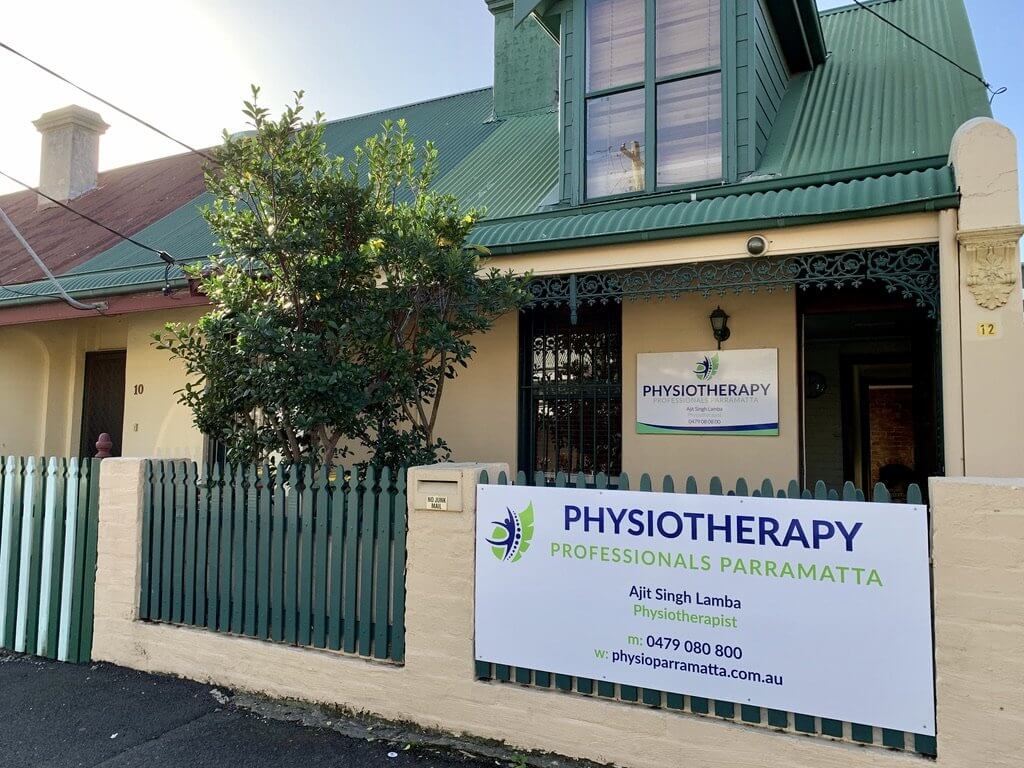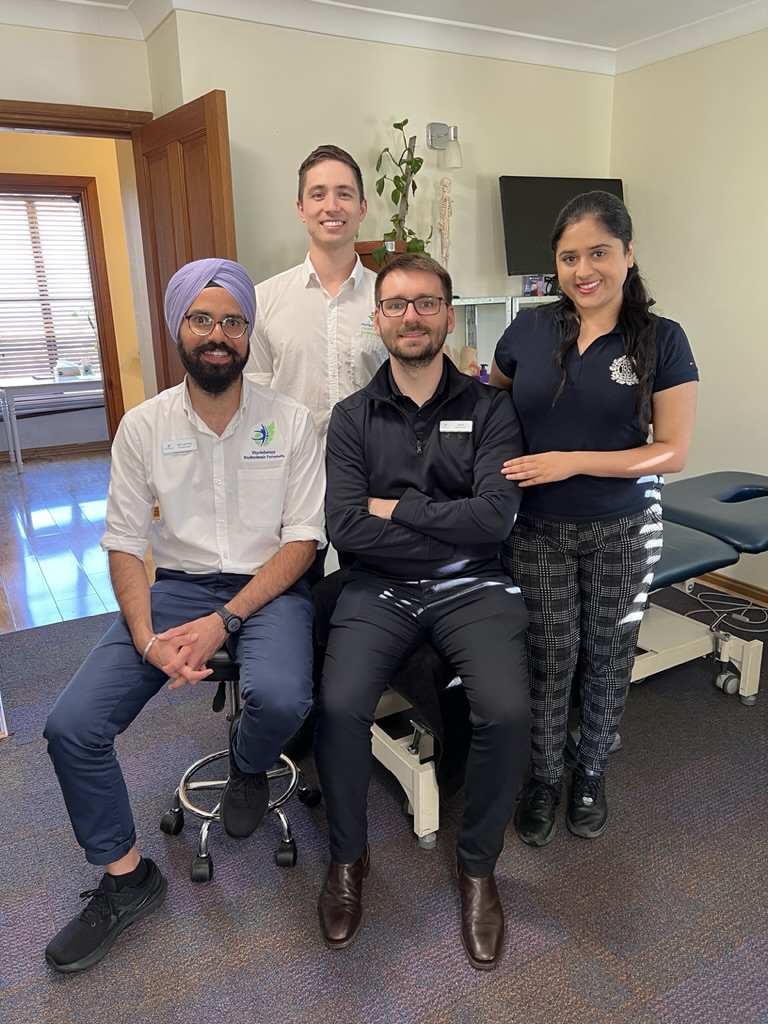Shin Splints Treatment Parramatta

Shin splints are common for sports players as well as office workers. Whether you’re a seasoned runner or have recently taken up other forms of exercise, you may be experiencing pain on the front or inside of your shin. This could be a condition commonly known as shin splints.
What are shin splints?
Shin splints is an overuse injury that is commonly seen in active individuals such as runners and athletes who perform a large amount of jumping and landing movements. It is described as pain on the lower aspect of the inside or front part of the shinbone, which is called your Tibia.
How do shin splints happen?
Shin splints is a bone stress injury that occurs when the amount of load that is put through the shinbone exceeds its capacity to tolerate the load – to the point where it becomes painful. Usually this happens when there is a sharp increase in your activity over a short period of time without enough recovery periods in order for your body to recover and adapt. It can also happen when there is an accumulation of load over time that eventually exceeds your shin’s capacity to be able to withstand the load on it.
What is load and capacity?
When we talk about load, we are talking about things like the duration, intensity and volume of running that you do; the surface you are running on; whether there is a change in the type of activity you are performing or even change in footwear. Capacity indicates the overall strength of your calf and shin muscles, the tightness in these muscles, and the range of movement in your ankle joint.
Symptoms of shin splints
- Pain over the distal two thirds of the shinbone that extends over a few centimetres
- Tender to touch, especially after completing aggravating activity or exercise
- Pain gets worse with an increase of activity
- Possible pain in the shin at night or while resting
Factors that contribute to shin splints
- Weak calf muscles
- Tight calf muscles
- Overweight
- A poor diet
- Previous history of bone stress injuries
- Big spikes in training load
- Not having enough rest or recovery
How to treat shin splints
If shin splints are not identified and treated accordingly, they could progress into a stress fracture – a serious condition where the bone gets to the point where it cannot handle any further stress and creates a fracture in the bone. This means it is crucial to identify the onset of shin splints and treat it effectively.
Steps you can take to manage Shin Splints:
- Reduce/manage your load by reducing the volume/intensity/duration that you are running or exercising
- Increase your flexibility and strength in your calf muscle
- Prepare your joints and muscles as much as possible prior to running e.g. having appropriate warm ups and cool downs.
Contact Us:
Do you need assistance with your injury? Experienced team of Physiotherapists with essential knowledge. You can call us anytime to have a confidential discussion with our expert Physiotherapists. For more information on how we can further assist you, please call our clinic number on 0479 080 800 or send us an email on [email protected] for further details. Our Physiotherapists are Medicare, NDIS, and Work Cover approved, specialising in injury management and rehabilitation to get you back on track.

Physiotherapy After A Car Accident
